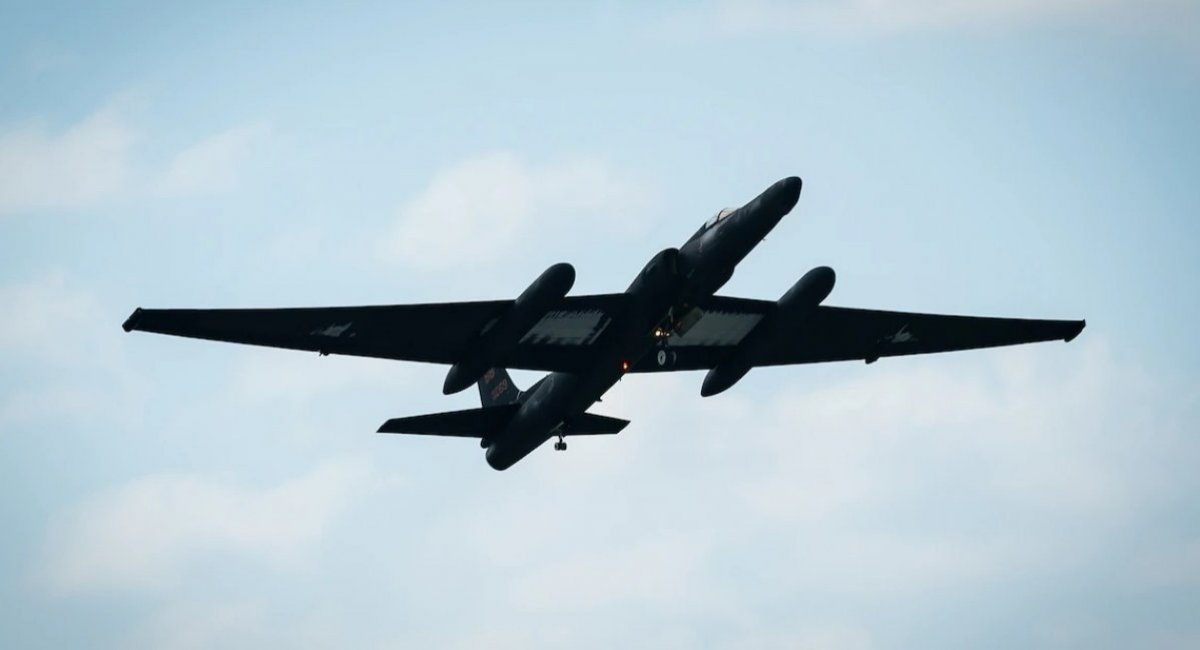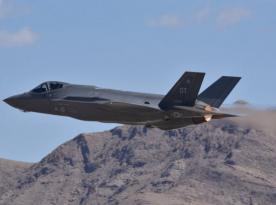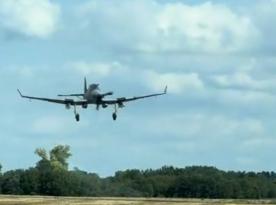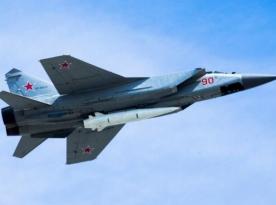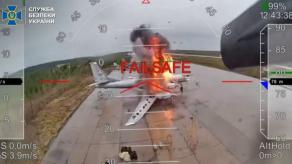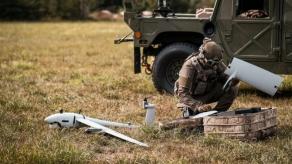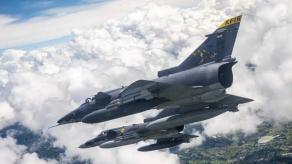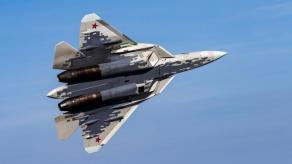Open sources reveal that in the early 1960s, the USSR attempted to create a clone of the American U-2 reconnaissance aircraft, unofficially known as the Dragon Lady. The project was designated S-13 and was undertaken by the Beriev Design Bureau in Taganrog — now known as Beriev Aircraft Company, famous for developing the A-50 and other aircraft.
The S-13 project was never brought to completion, and this may have been not only due to technological factors but also political considerations. However, the work on replicating the U-2 did provide the Soviet aviation industry with valuable technological groundwork for developing more advanced (at the time) aircraft. To be specific, in order to clone the U-2, the Soviet Union needed direct access to the technological solutions used in the aircraft, and it managed to access them under interesting circumstances.
Read more: Why russians Sent in Su-30 Jets, Not Older Be-12 or Ka-29 to Intercept Ukraine's Magura V7 Drones
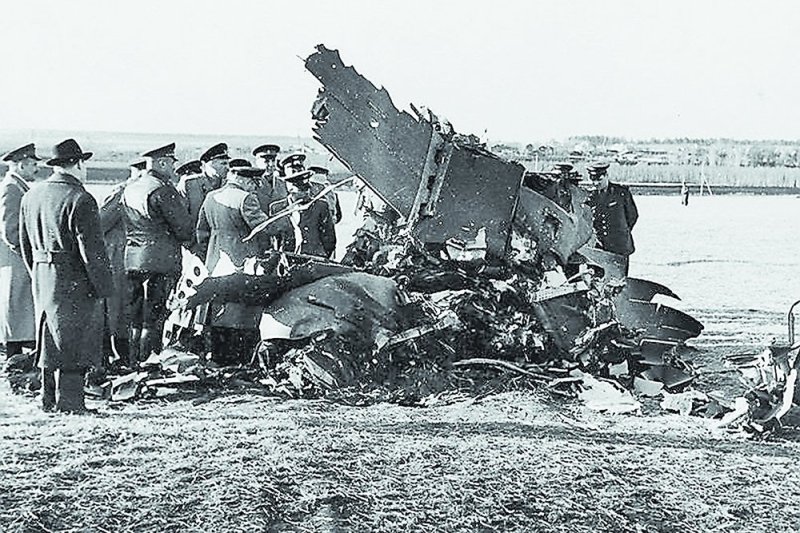
65 years ago, on May 1, 1960, Soviet air defense forces managed to shoot down a U-2 reconnaissance aircraft over Sverdlovsk Region (a region that still bears the same name in today’s russia). After the takedown, the aircraft’s wreckage was scattered over a wide area, but Soviet "competent authorities" collected as much of it as possible.
At first, the situation looked like this: parts of the airframe were displayed to the public in Gorky Park in Moscow, while engine components as well as onboard systems were sent to specialized design bureaus for study. Eventually, however, all the collected material was transferred to the Beriev Design Bureau in Taganrog. The exact reason behind the choice of this bureau remains unknown.
One telling sequence of events followed: in June 1960, the Soviet government issued a resolution launching work to clone the J75-P-13 jet engine used on the U-2. The Soviet version was designated RD-16-75. Then, in August 1960, a decision was made to fully recreate the U-2, marking the start of the S-13 project.
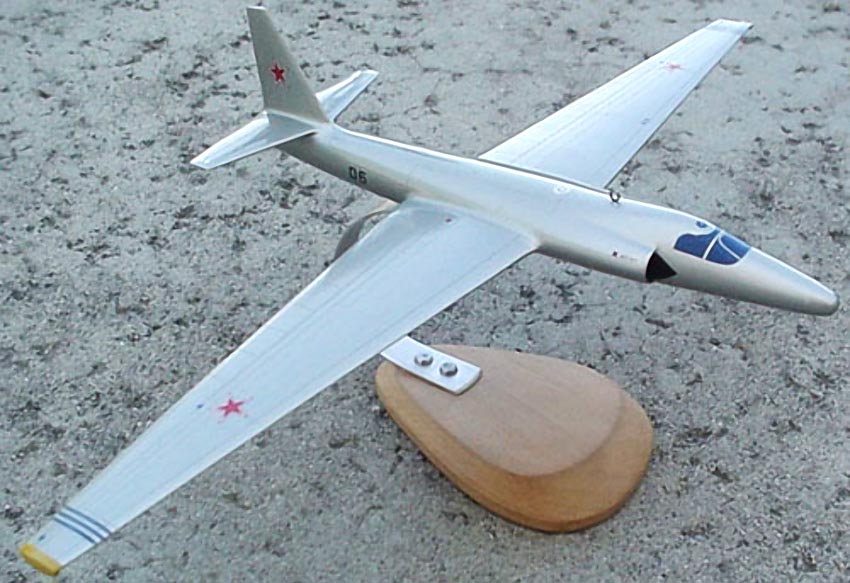
The logic behind the decision was simple — the Soviet military determined that it needed a similar reconnaissance aircraft. The timeline for the project was tight: by the first quarter of 1962, the first two flying S-13 prototypes were supposed to enter testing.
During the development of the S-13, it became clear that the Soviet industry at the time was not capable of precisely reproducing the U-2, especially in terms of weight characteristics. For example, the landing gear, which weighed 100 kg on the U-2, ended up weighing 150 kg on the S-13. Similar weight discrepancies occurred in other aircraft components.
As of April 1, 1961, a full-scale metal mock-up of the S-13 was completed. By July 1 of the same year, a full set of technical drawings had been produced. However, it appears that no actual prototype of the S-13 was ever built or tested – in May 1962, the Soviet government ordered the project closed.
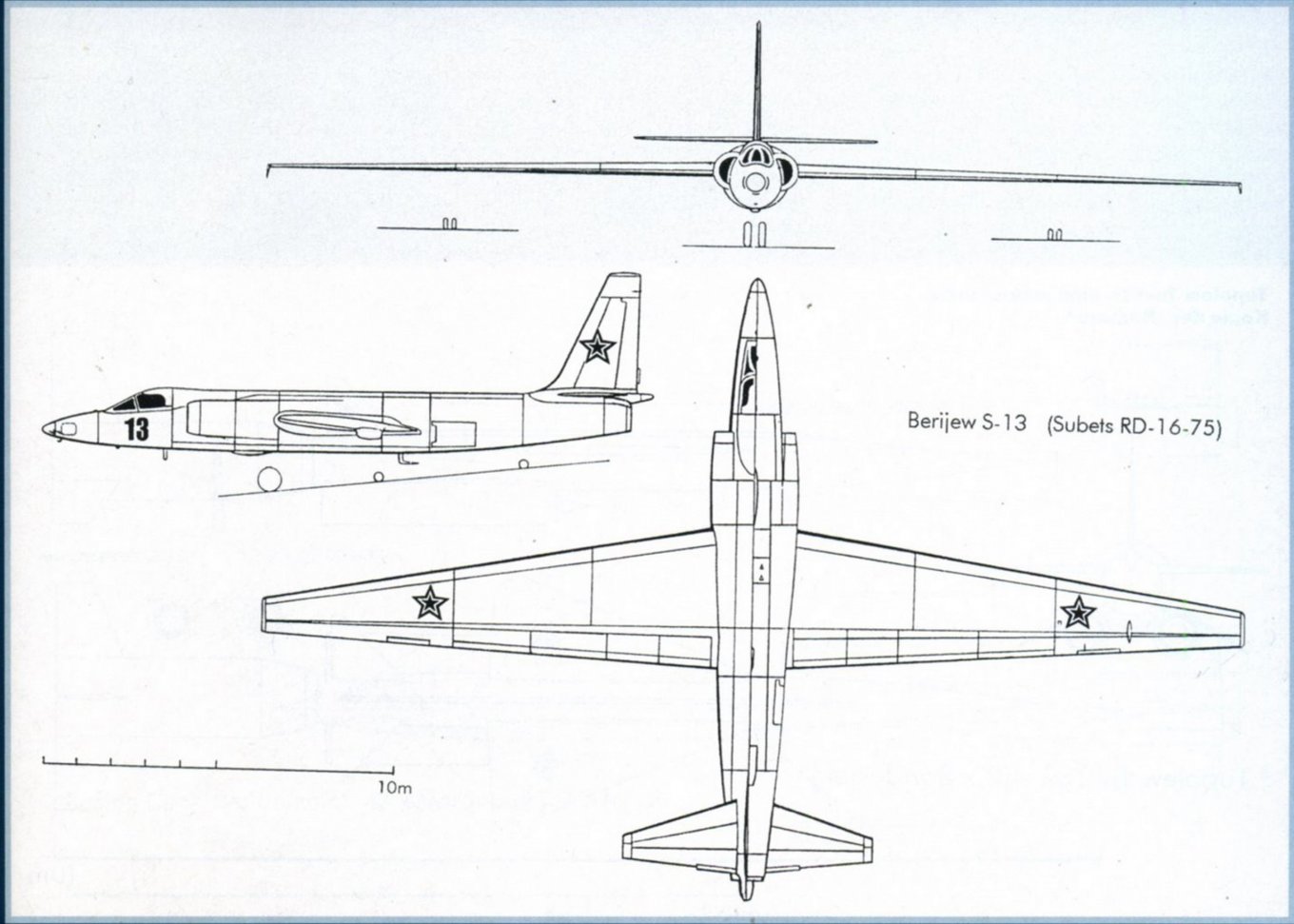
No photos of S-13 prototypes are available in open sources, only schematic drawings exist. But according to russian publications on the topic, the main outcome of the S-13 project was the technological foundation it provided, which the USSR later used in developing other aircraft.
In summary, the story of the this U-2 clone is somewhat reminiscent of the earlier Soviet effort to copy the American B-29 bomber, which resulted in the creation of the Tu-4 — the USSR’s first strategic bomber. The key difference, however, is that the S-13 never took to the skies.
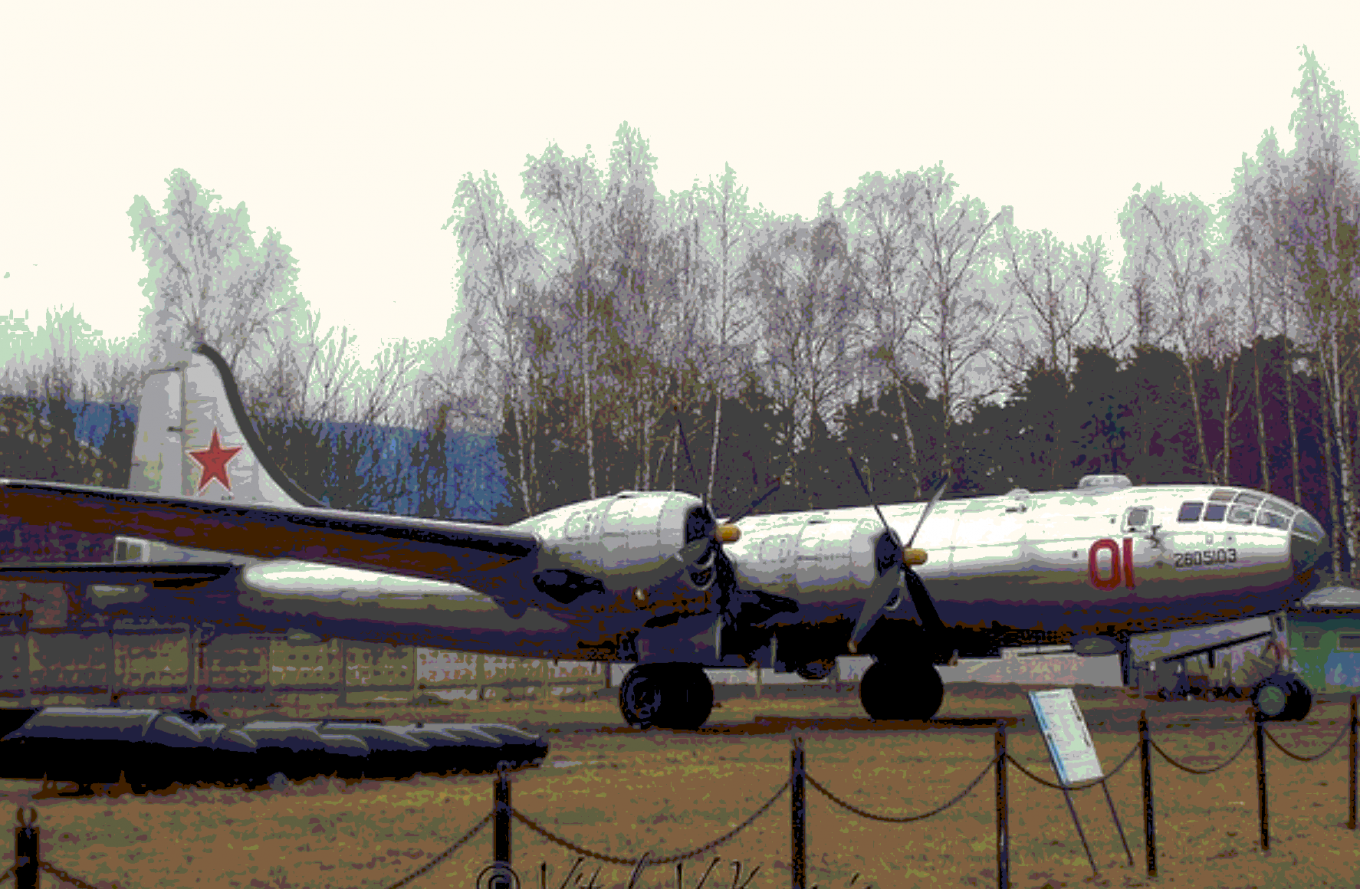
Read more: russia Stole Up to 40 Tu-95MS Strategic Bombers from Kazakhstan in 1992 — Here’s How It Happened



